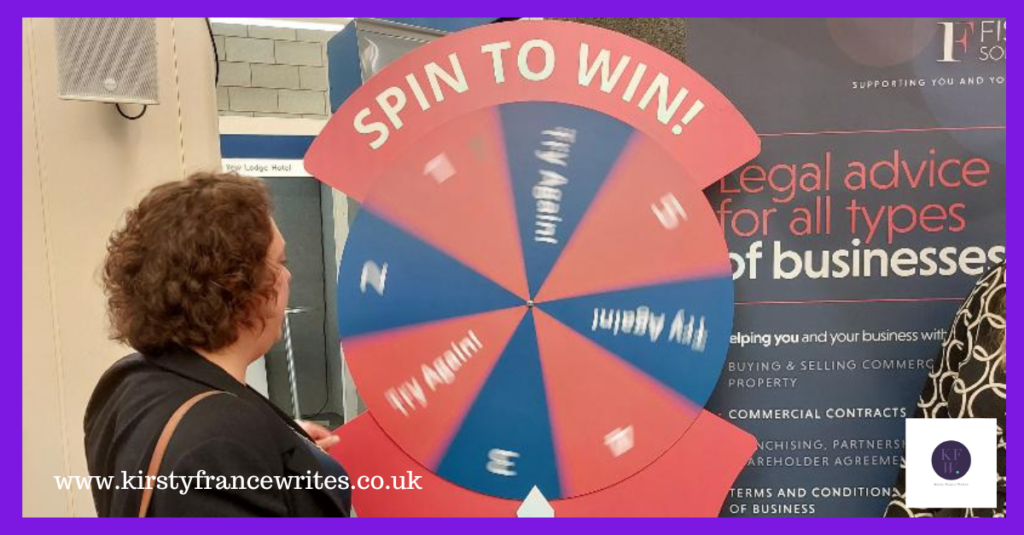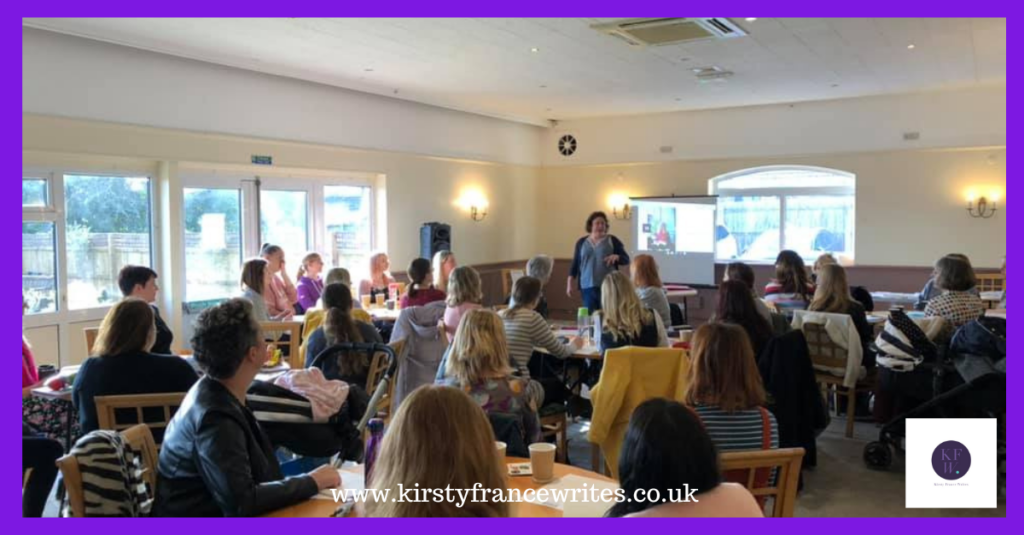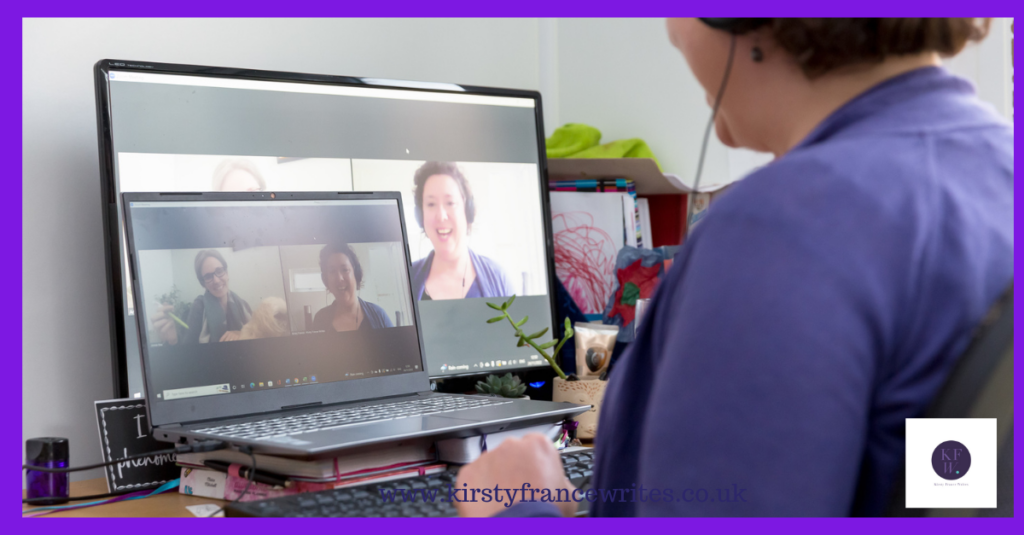
If you’ve been creating marketing content for a while, you might feel like you’ve said it all. (I know I sometimes do.) However, your existing content can be a great source of new ideas. Here are some ways to find a new marketing angle on an old idea.
Revisit an old post
What do you see when you look back at your old blog or social media posts? Do they make you cringe because you’ve changed or learned more about your audience since you created them? You might find posts discussing issues that are still relevant but where your advice has changed. You can base a whole new post on the same topic, sharing the knowledge you’ve gained since then, and it’ll still be relevant to your audience.
Update a resources post
Sharing the tools you use can help your audience in multiple ways. Say you run a craft business selling tools and materials; showing people what you use yourself can help beginners and improvers. A hairdresser can share products and tools to help customers maintain their locks between appointments. I talk about software such as Grammarly, which helps me with my grammar, so you can use it when you write your own posts.
Expand a subheading
If you’ve ever written a post with some quick and easy tips, review it to see if you can expand on one of the subheadings. For example, some of my posts on writing a blog mention creating a good headline to catch people’s attention as a subheading. I expanded it into a full post on ways to do that. (https://www.kirstyfrancewrites.co.uk/write-a-headline-tips/)
You may have kept things short and sweet for a tips post, but expanding a subheading lets you share more of your expertise. You can also link between the two posts to improve your SEO.
Have industry updates changed how you work?
Looking back at old content, you might find that your advice has changed because of external changes in your industry. ChatGPT has impacted marketing, so you could create a post discussing the issues or recommending ways to use the technology. (https://www.kirstyfrancewrites.co.uk/ai-help-content-writing/)
There may also have been changes in the law that impact your customers and that you can educate them about. Legal changes might also mean people need to review their will or investments. You can contact existing clients, but sharing updates in your marketing could attract new ones.
Create new case studies
Case studies are a great way to show potential customers how you work and showcase the results you’ve achieved for others. When you review existing case studies, you might find that your process has changed with time or that you haven’t talked about a service that has grown in popularity. Creating new case studies with more recent clients ensures your content stays up to date. If you have business clients who are happy to go public and share that they’ve worked with you, it can be a great marketing opportunity for you both.
If you have a page full of ideas but lack the time or energy to turn them into new marketing content, I can help. I’ll write blogs, posts, emails, and whatever else you need to engage your audience. I’ll even look at your existing content to create new marketing ideas. If you’d like to chat to find out how it works, you can book a call here. Or, use the form below to sign up for monthly content writing tips straight to your inbox.









